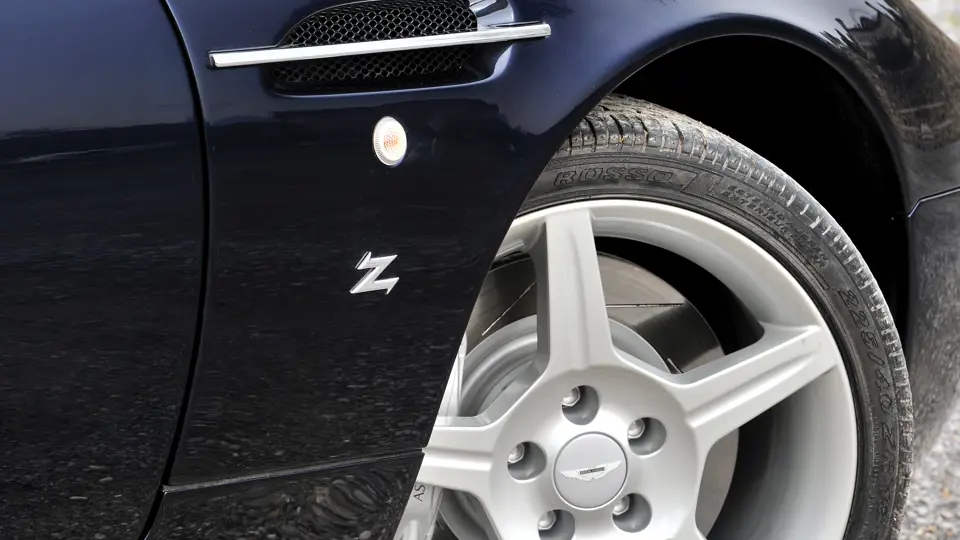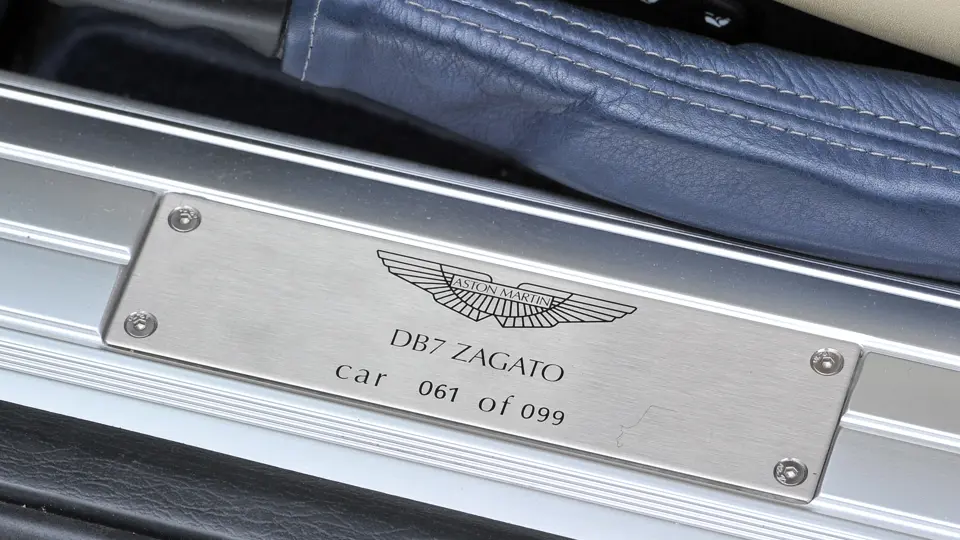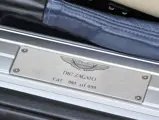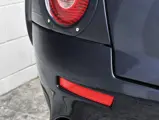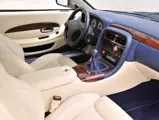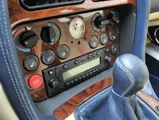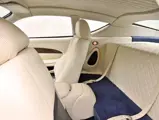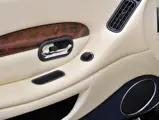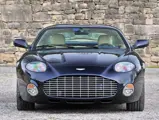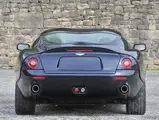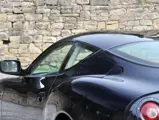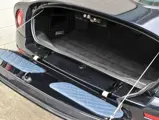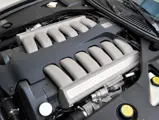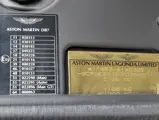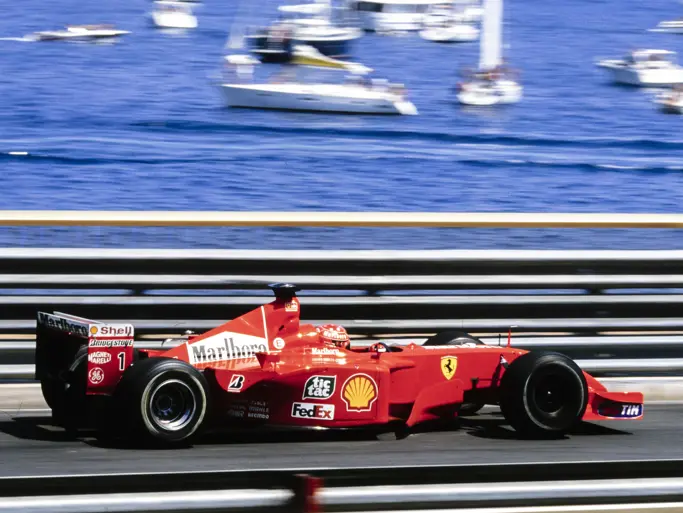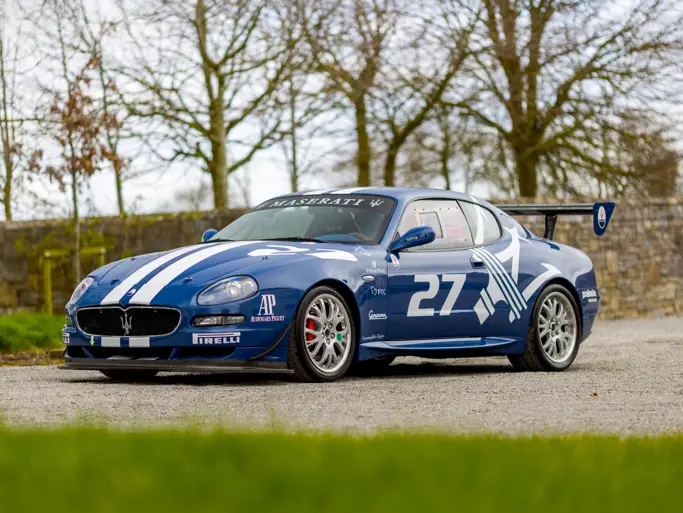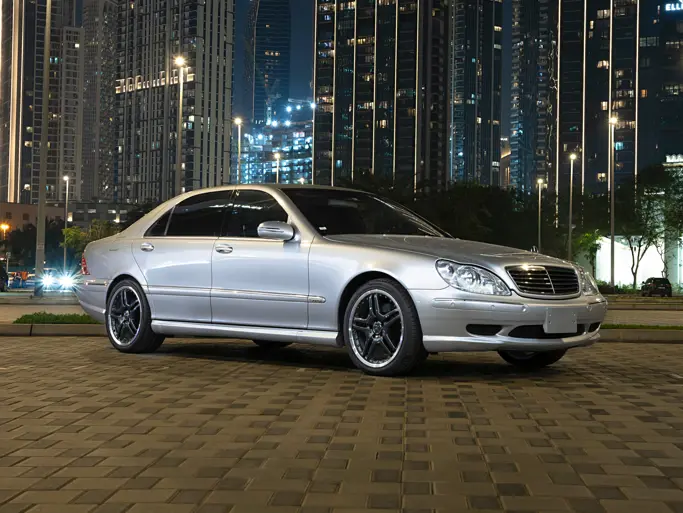435 bhp, 6.0-litre V-12 engine with four overhead camshafts and four valves per cylinder, six-speed manual transmission with twin-plate racing clutch, four-wheel independent suspension, and four-wheel Brembo disc brakes. Wheelbase: 2,590 mm

Zagato’s long and illustrious relationship with Aston Martin began in 1960 with the DB4GT Zagato, which was a beautifully styled version of Aston Martin’s extraordinary grand tourer that had been bodied in featherweight aluminium. It was introduced at the 1960 London Motor Show, and only 19 examples would be produced. Today, these examples are considered to be the most valuable Aston Martins of all time. The DB4GT Zagato was largely influential to both Aston Martin and Zagato, and some of the design cues that debuted on this model would find their way into future Astons. Meanwhile, the car builder and the coach builder would team up twice more, in 1985, for the V8 Vantage Zagato, and in 2002, for the DB7 Zagato.
The DB7 Zagato was a design collaboration between Andrea Zagato and Henrik Fisker, who was Aston Martin’s chief designer at the time, and it was introduced to great acclaim at the 2002 Paris Motor Show. The chassis was shortened by 151 millimetres and the wheelbase by another 60 millimetres from the standard DB7, reducing the front and rear overhangs and cutting an estimated 130 pounds of weight. Most of the styling differences were found in the rear, with single, round taillights and a drop-down boot lid, and in Zagato’s trademark “double bubble” roof, with a similarly sculpted rear window. Inside, the car was blessed with a similarly lavish interior that had been upholstered in a special analine leather with quilted seats.
Production of the DB7 Zagato was limited to 99 examples, with them being allocated for the European, Asian, and British markets.
This DB7 Zagato was produced in 2004 and wears an elegant blue over cream colour combination and a plaque on its doorsills that proclaims that it is the 61st example of 99 produced. It has resided with its original owner in Italy since new, and it has travelled just 1,100 kilometres from new, making this example nearly factory fresh. Its leather interior is still sumptuous, and the gorgeous aluminium bodywork shows nary a flaw. Additionally, the car still retains all its original books and tools.
To many, Zagato’s design greatly improved upon what was already considered to be Aston Martin’s most beautiful car in years. Whilst the car retains special coachwork, the design is still quintessentially Aston Martin. As only 99 examples were produced, they are seldom seen on the open market, and it is even rarer to see one on the road. With only 1,100 kilometres on its odometer, all of which were accumulated in the hands of one owner, this DB7 represents an excellent opportunity to obtain an extraordinary piece of Aston Martin and Zagato history, and it is a splendid example of coach building in the 21st century.




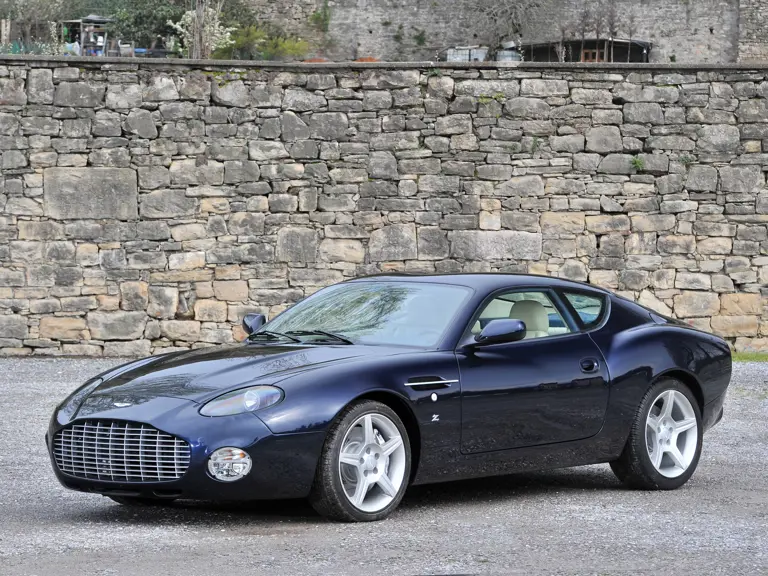
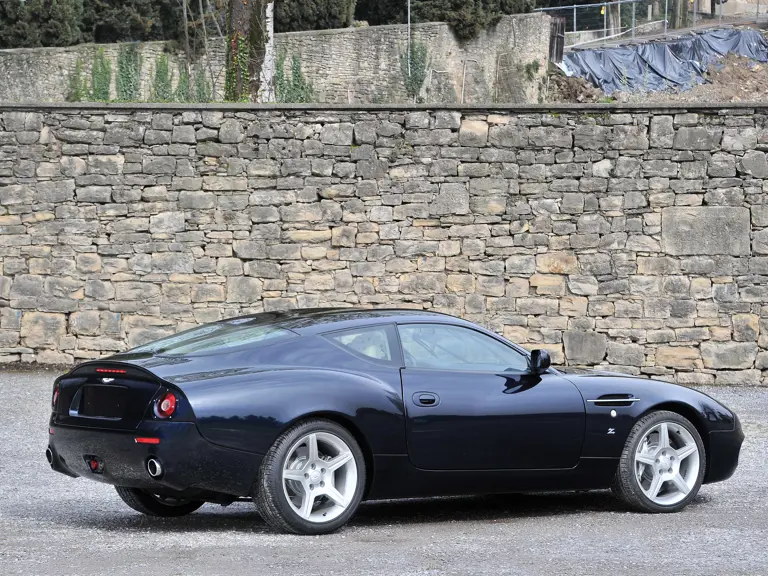
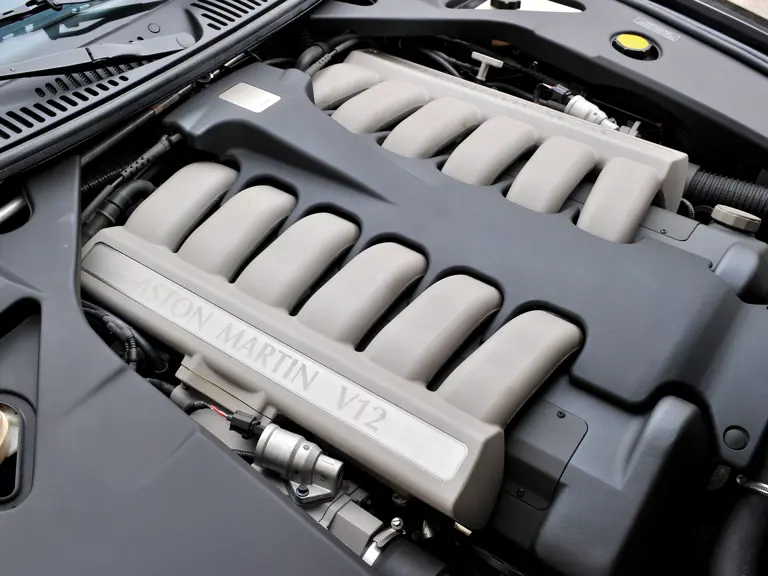
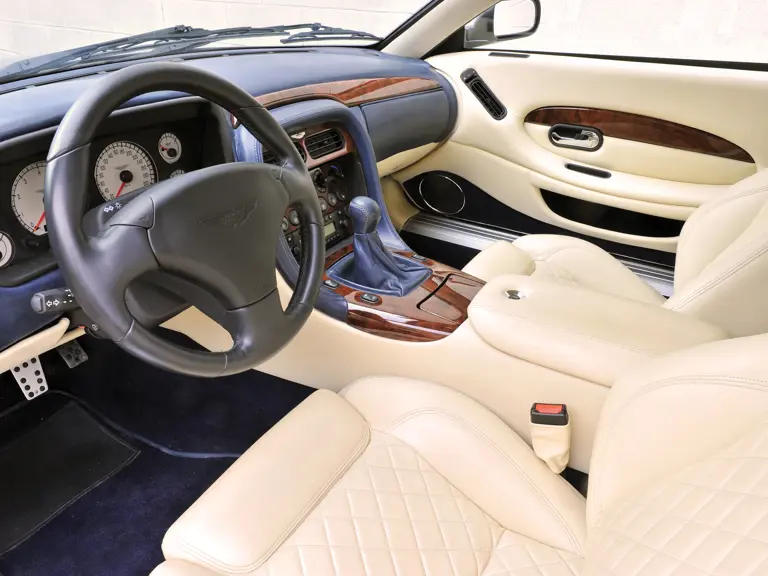
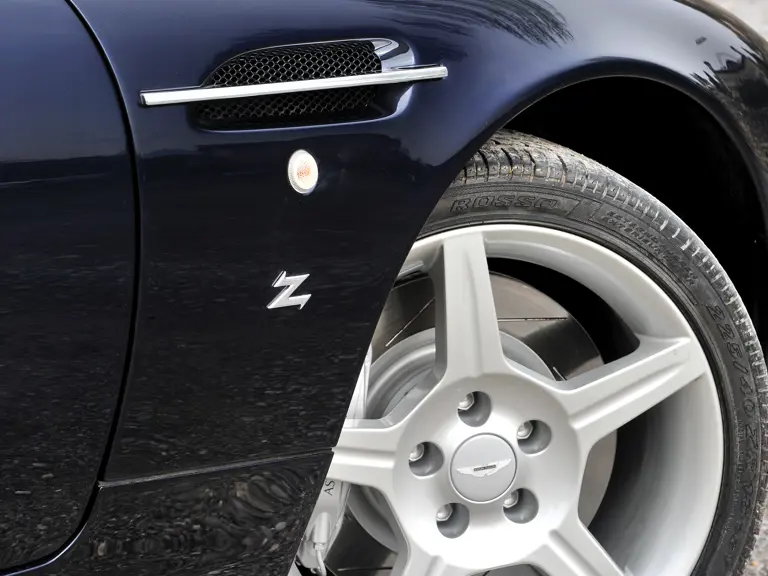
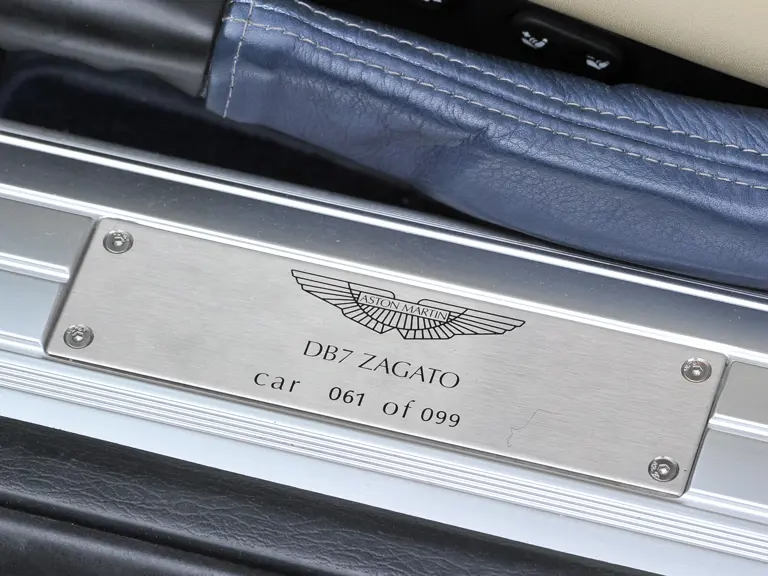
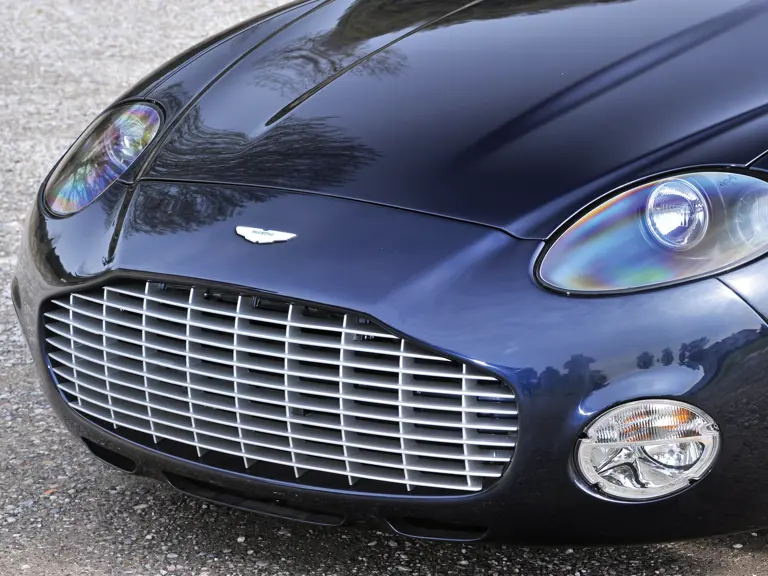
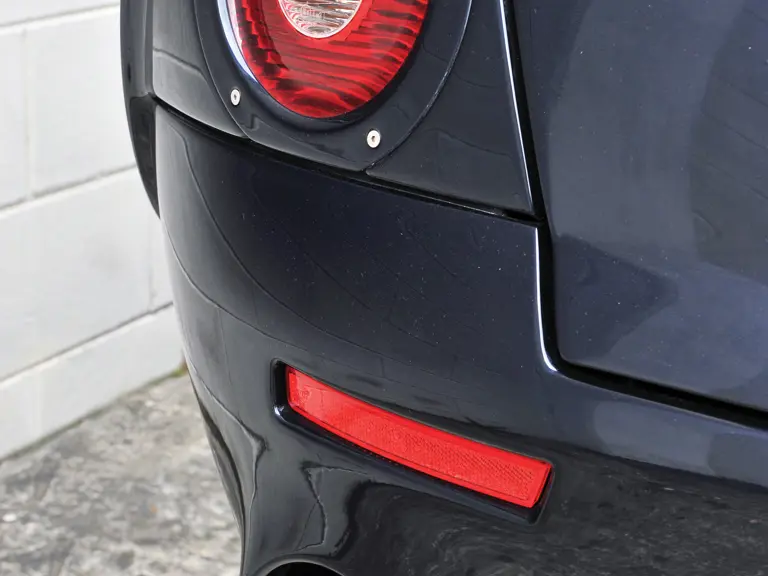
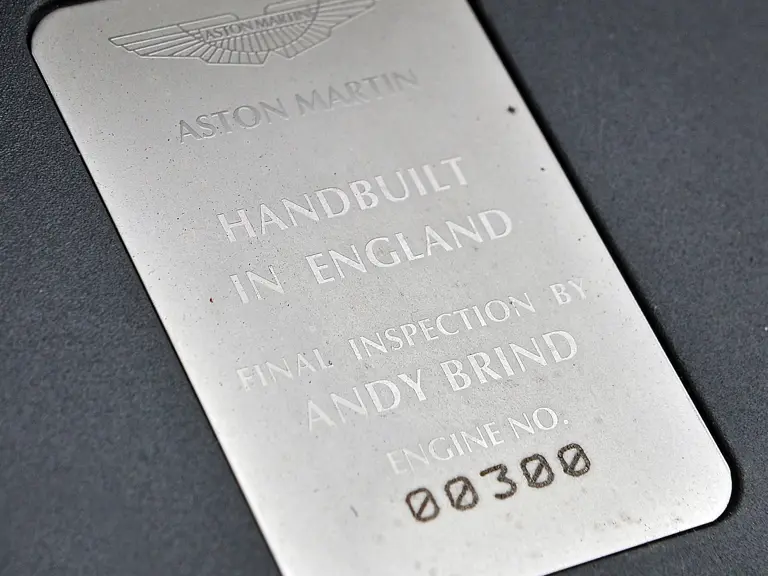

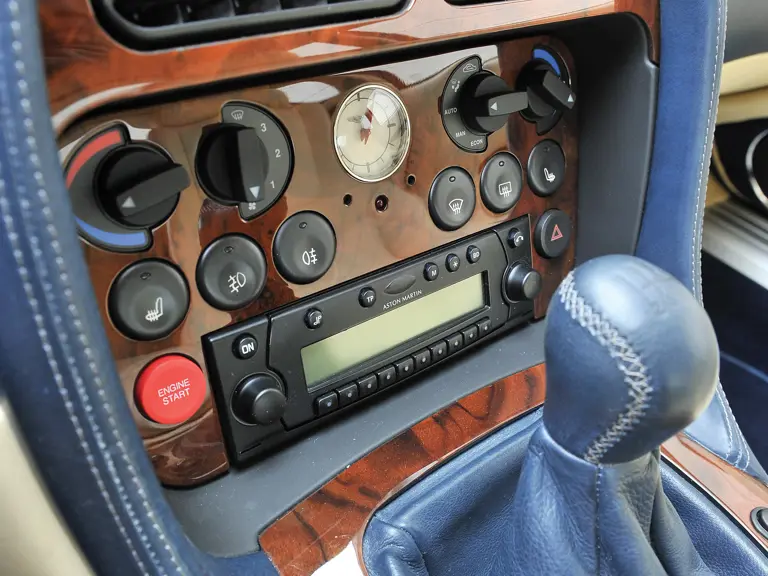



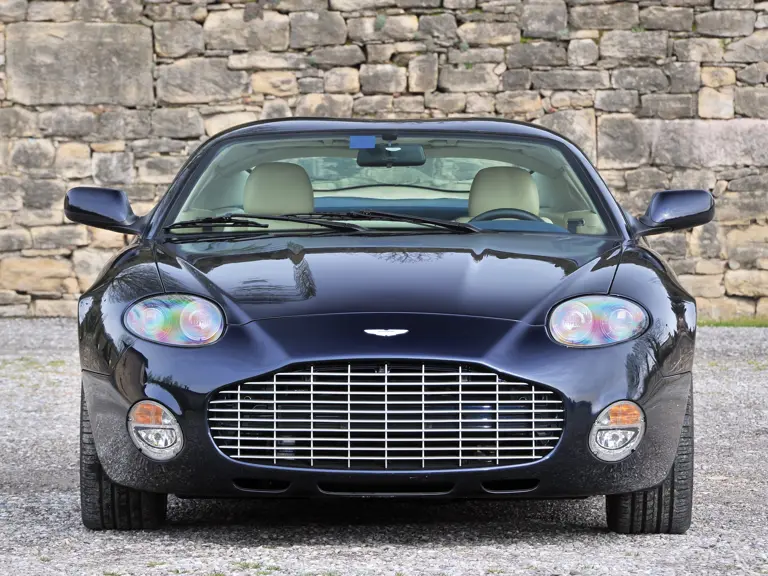
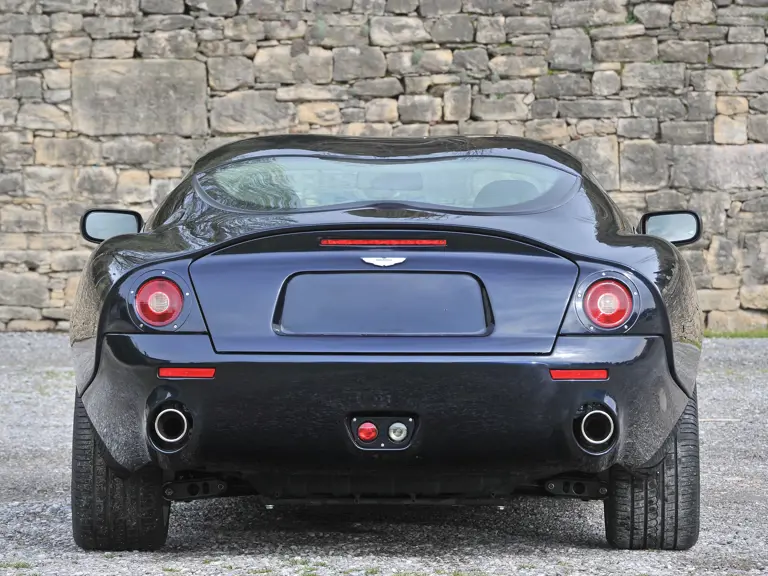
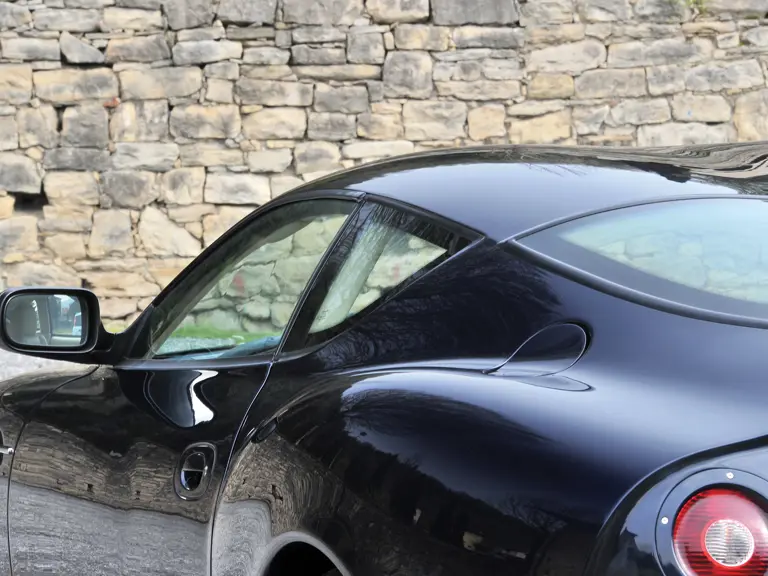
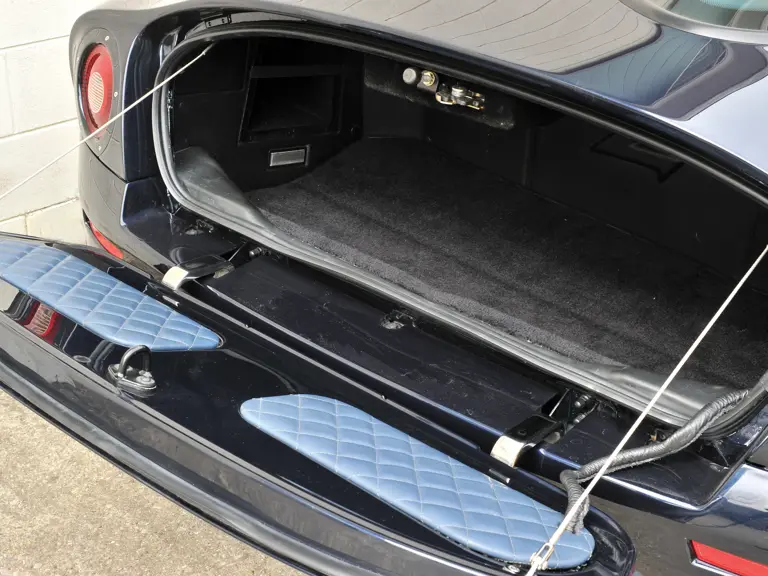
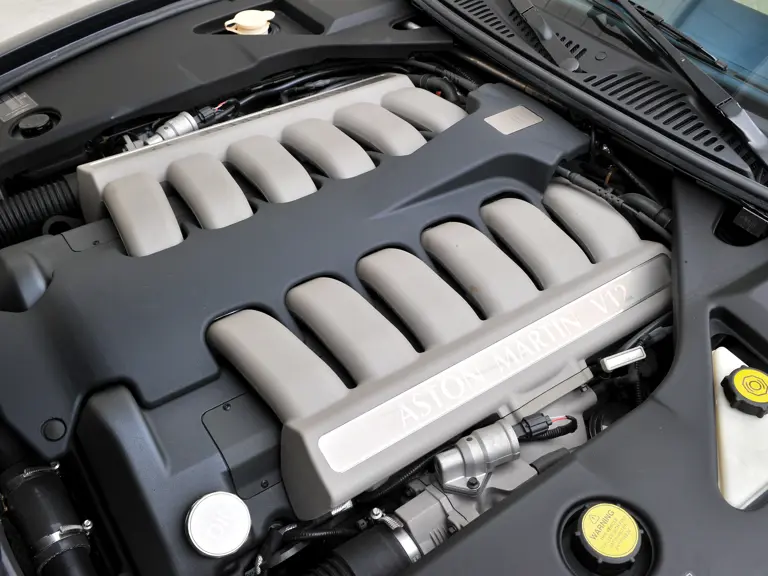
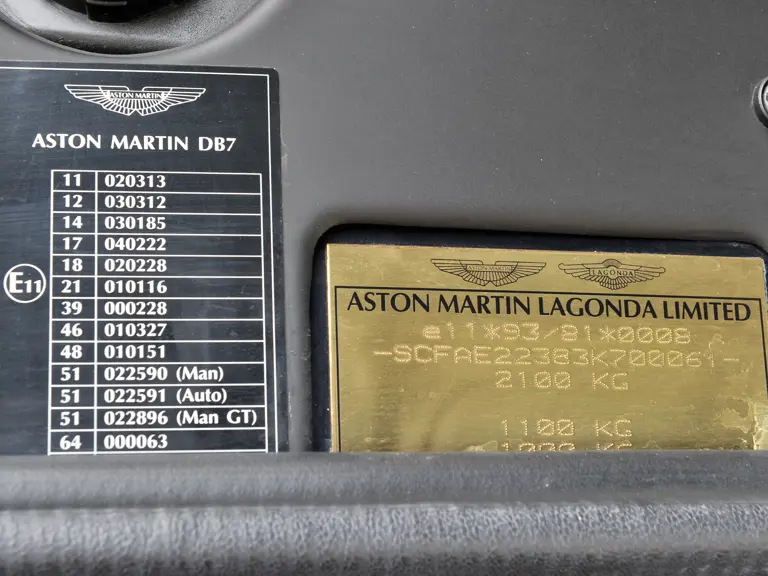
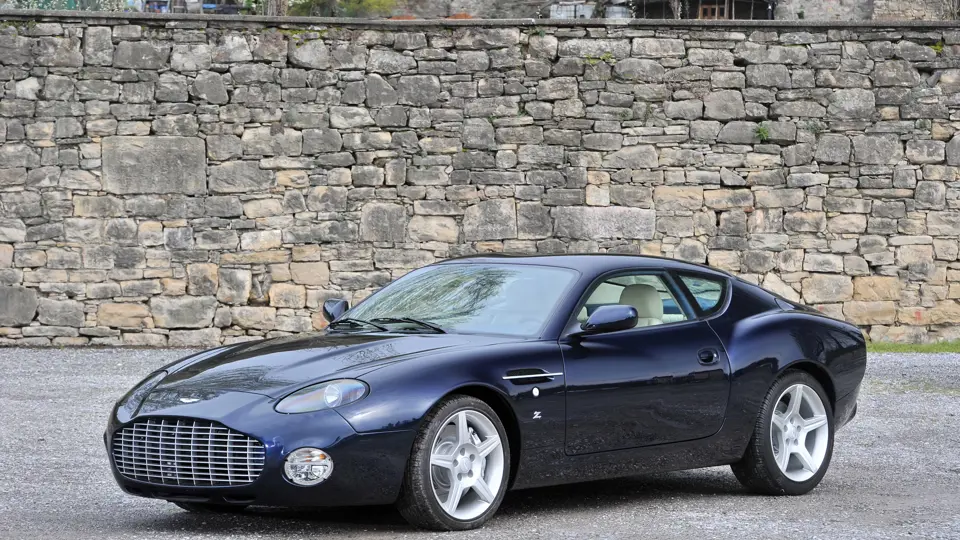
 | Monte Carlo, Monaco
| Monte Carlo, Monaco
